Scientists have several theories about the cause of the Hessdalen lights. But the complete story of Norway's UFO mystery remains unsolved.
The recent Netflix documentary series Top Secret UFO Projects: Declassified has thrust UFOs and related mysteries back into the spotlight. But have you ever heard about Norway's very own mystery?
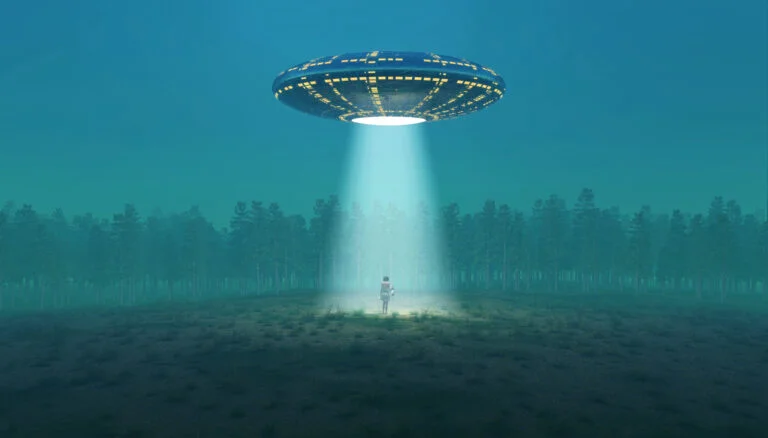
For decades, people of Hessdalen have seen strange lights in the mountains to the west of the valley. It quickly became known as the Hessdal phenomena.
The lights can last for a few seconds or much, much longer. Sometimes they move quickly whereas at other times they sway slowly. They've even been observed to simply hang in mid-air. Let's dig into the mystery!
Where is Hessdalen?
Hessdalen is the name of a valley close to Røros in Trøndelag county. It's located just to the south of Ålen, which is a stop on the Trondheim to Røros railway line.
Only around 100 people live in the valley itself. If you're looking for it on a map, the easiest thing to search for is Hessdalen kirke, or Hessdalen church.
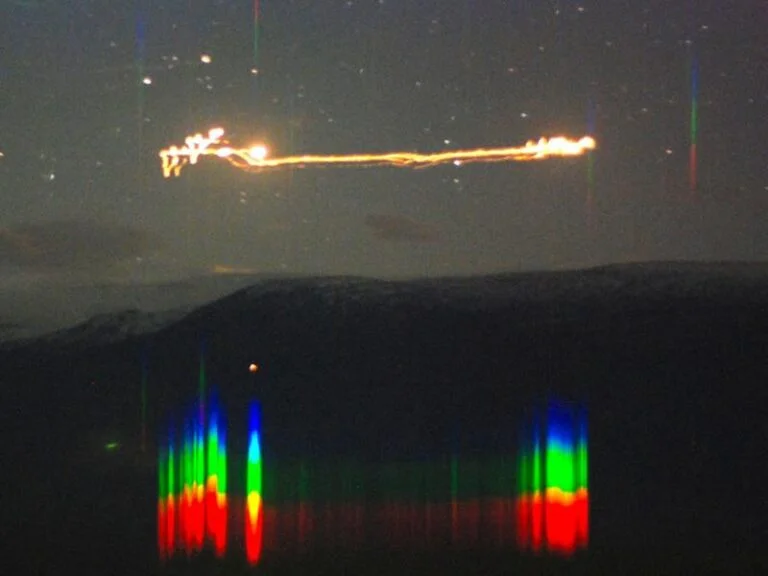
History of the Hessdalen lights
The first observation of what we now know as the Hessdalen lights took place on 8 December, 1981. From their kitchen window, Åge and Ruth Marry Moe saw what they described as “a burning fireball” in the evening sky.
Over the years, many more people in the local area reported sightings of unexplained lights in the nearby mountains. The phenomena quickly became known all around Norway.
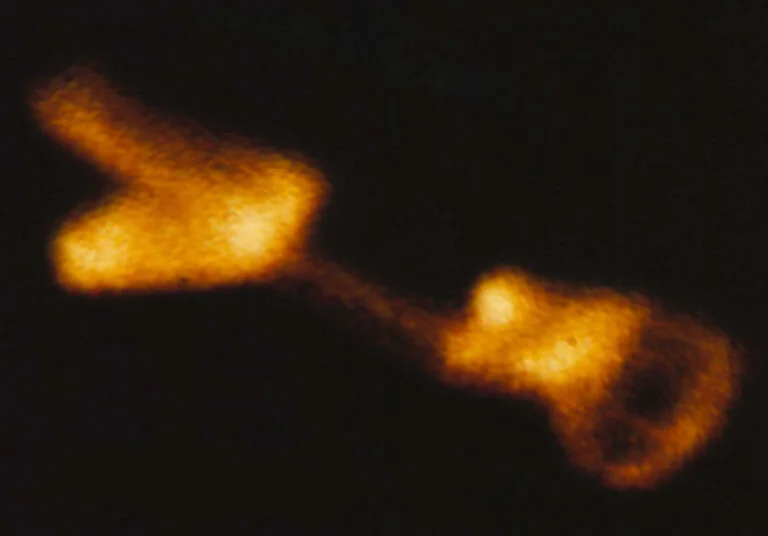
Unlike the northern lights, the Hessdalen phenomena has been during both the day and night. In addition to visual observations, photographs and film, the lights have also been detected by radar.
Researching the Hessdalen lights
Over the years, researchers from Østfold University College have tried to find the cause. Multidisciplinary research involving astrophysicists, geophysicists, physicists, chemists and electro and data engineers has taken place since the 1980s.
In 1998, the Hessdalen Automatic Measurement Station (Hessdalen AMS) was installed to register and record the appearance of lights.
In 2018, Hessdalen Observatory was established on a mountain top, almost 1,000 metres above sea level. Powered by solar cells and methanol fuel cells, the facility provides space for four researchers year-round.
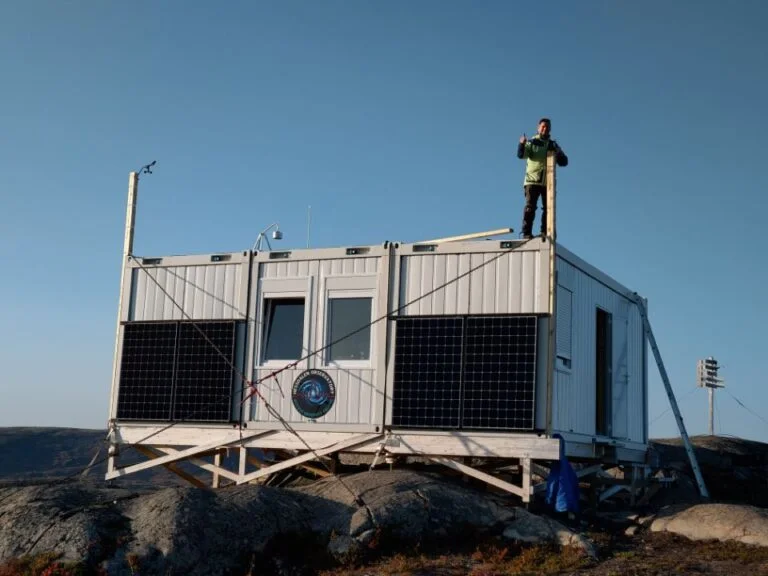
Project Hessdalen documents much of what is known about the phenomena so far, including images and videos.
What causes the Hessdalen lights?
While they are very different, the causes of the northern lights are now well-understood by researchers.
But despite ongoing research, we still don't know for sure what causes the phenomena in Hessdalen. However, there are several working theories.
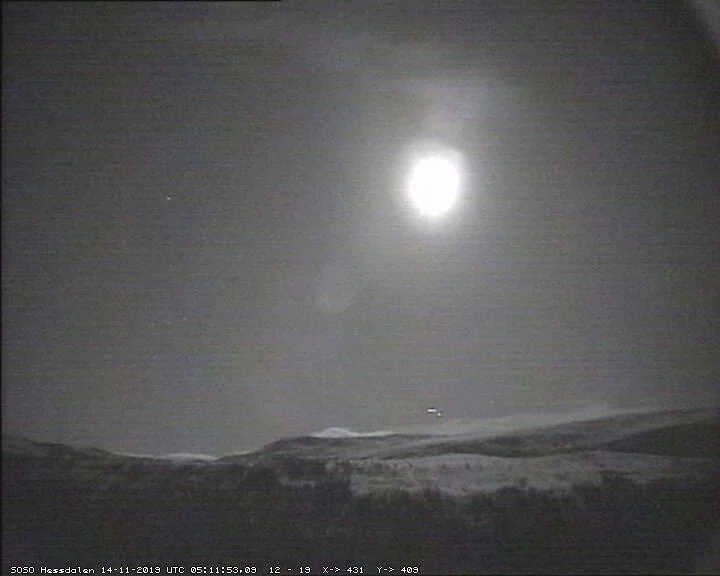
A 2007 paper found the lights are at a very low altitude, possibly just a few tens-of-metres above the treeline. The paper hypothesised that the cause was due to the large deposits of the rare-earth element Scandium located around Hessdalen.
It proposed that dust from the valley ignites due to the Scandium reacting rapidly with acids and the air. The burning dust cloud rises and hovers, or is moved on the wind, until the fuel is burned out.
A more recent hypothesis suggest the cause to be a cluster of macroscopic Coulomb crystals in a plasma produced by the ionization of air and dust by alpha particles during radon decay in the dusty atmosphere.
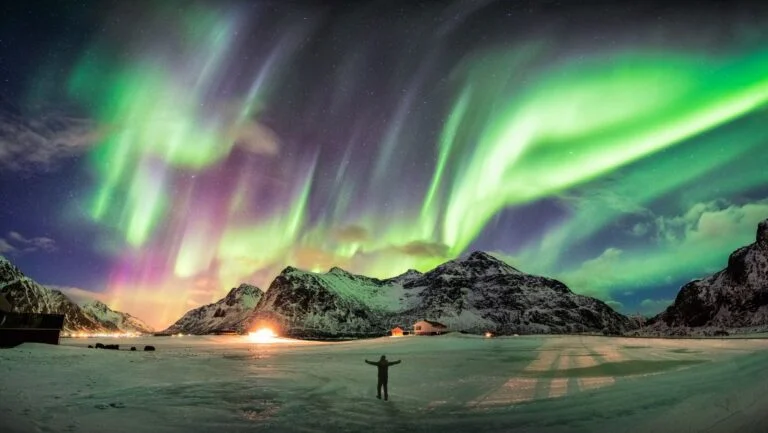
Yet another hypothesis explains the lights as a product of piezoelectricity. The authors suggest that many crystal rocks in Hessdalen include quartz grains, which produce an intense charge density.
UFO Tourism: Visiting Hessdalen
The local tourist office have made the most of the phenomena. “It is always exciting to go on a UFO hunt, when darkness falls and the stars twinkle from the sky,” states Visit Hessdalen website.
Read more: Dark Tourism in Norway
While sightings of the lights are not especially frequent, that hasn't stopped plenty of people heading to the valley in the hope of seeing them. Some enterprising locals have taken full advantage.
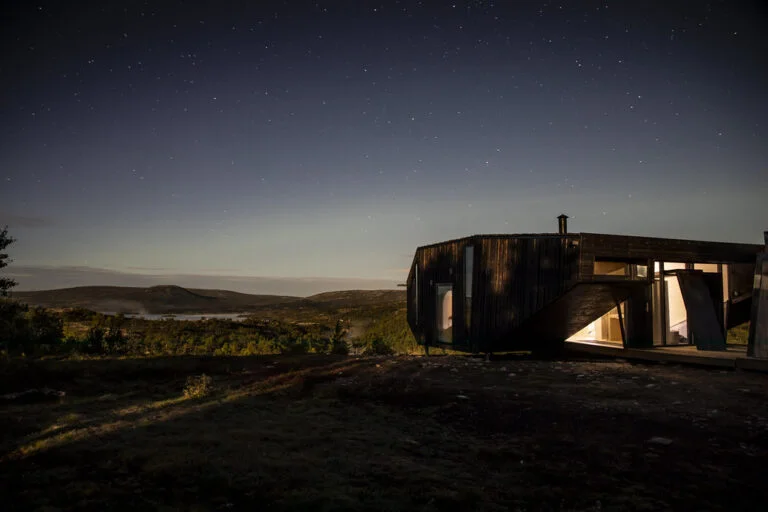
The UFO Hytte on the mountainside of Hessdalen sleeps up to 7 people in its 4 rooms. The stylish building puts a modern spin on the traditional Norwegian wooden cabin.
Meanwhile the UFO Camp offers overnight accommodation in a wooden lavvu. The camp seems to be aimed at big groups, such as company trips, birthdays and wedding parties.
Donald Duck investigates the mystery
In a recent edition of the Scandinavian version of the Donald Duck comic, Donald and his three nephews visit ‘Gjessdalen' to investigate the mysterious light phenomena.

The world's most popular duck is hugely popular across Scandinavia. In Swedish he's known as Kalle Anka and in Denmark it's Anders And, but in Norway it's good old Donald Duck!
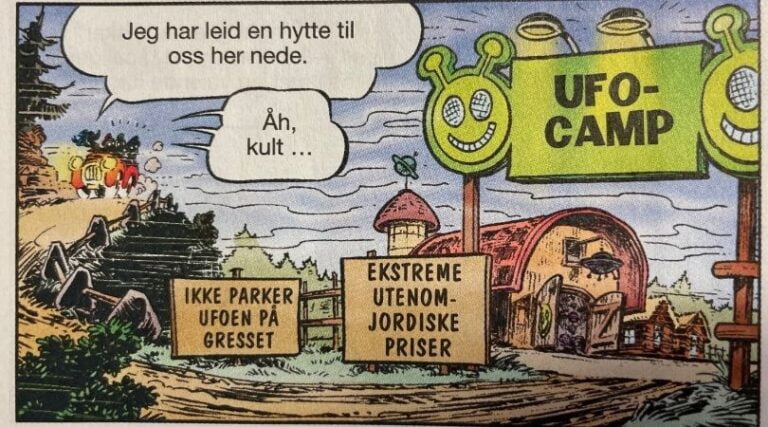
Local mayor Arve Hitterdal, who featured in the comic as Larve Kvitterdal, said he hoped the comic would boost interest in Holtålen municipality, where Hessdalen is located.
It's already worked a little bit. Shown to me by a friend, the comic reminded me of the Hessdalen lights story enough for me to write about it today!

